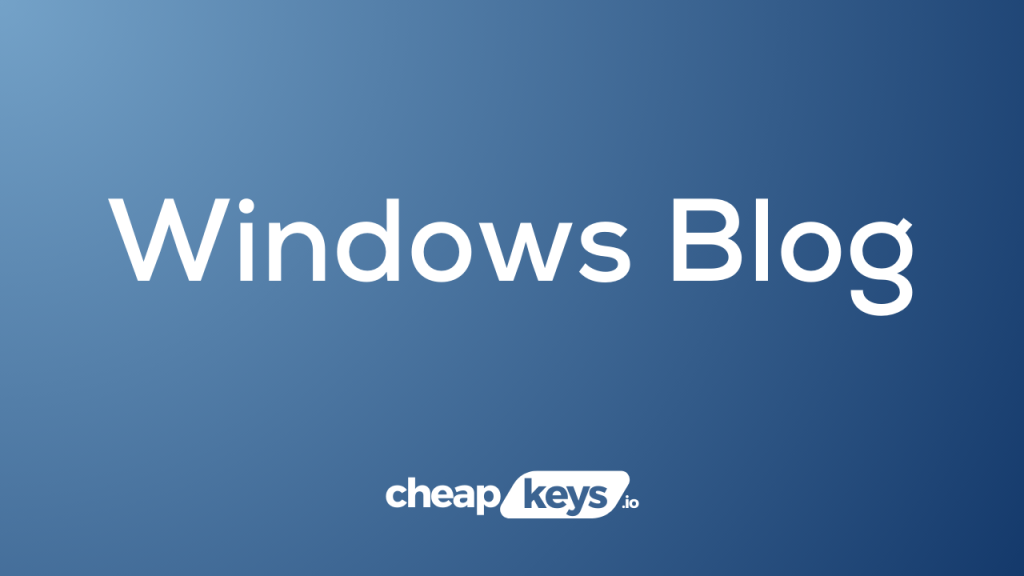Windows 10 updates play a crucial role in keeping your system secure and up to date. However, you may notice that these updates consume a significant amount of disk space over time. In this blog post, we will explore the reasons behind Windows 10 updates taking up so much disk space and provide you with step-by-step instructions on how to manage and free up storage effectively.
Step 1: Uninstall Unnecessary Updates
Over time, a buildup of old and unnecessary update files can take up a substantial amount of disk space. Follow these steps to remove them:
- Press the Windows key + I to open the Settings app.
- Click on Update & Security, then select Windows Update.
- Under Update history, click on Uninstall updates.
- Identify and select the updates you no longer need, then click on Uninstall.
Step 2: Run Disk Cleanup Tool
The Disk Cleanup tool is a built-in utility in Windows that helps you clean up unnecessary files, including temporary update files. Here’s how to use it:
- Press the Windows key + S and type “Disk Cleanup”. Click on the Disk Cleanup app from the search results.
- Select the drive where Windows is installed (usually the C: drive) and click OK.
- Check the boxes for “Temporary files” and “Service Pack Backup Files”.
- Click OK, then select Delete Files to confirm.
Step 3: Use the Storage Sense Feature
Windows 10 includes a feature called Storage Sense that automatically frees up disk space by cleaning up temporary files and the contents of the Recycle Bin. Here’s how to enable it:
- Press the Windows key + I to open the Settings app.
- Click on System, then select Storage from the left sidebar.
- Toggle on the Storage Sense option.
- Click on “Configure Storage Sense or run it now” to adjust the settings according to your preferences.
Step 4: Move Files to an External Storage or Cloud Storage
If you have essential files, such as documents or media files, taking up space on your local drive, consider moving them to an external storage device or a cloud storage service. This helps free up disk space while still keeping your files accessible. Use the following steps:
- Connect an external storage device (e.g., USB drive) or sign up for a cloud storage service.
- Identify the files you want to move, then right-click on them and select Cut.
- Open the external storage device or cloud storage folder, right-click, and select Paste to move the files.
Step 5: Disable Hibernation
Hibernation allows your computer to save its current state to the hard drive before shutting down, but it can consume a significant amount of disk space. If you don’t use hibernation, you can disable it to free up space:
- Press the Windows key + X and select Command Prompt (Admin) or Windows PowerShell (Admin).
- Type “powercfg.exe /hibernate off” (without quotes) and press Enter.
Conclusion:
Windows 10 updates are essential for maintaining a secure and up-to-date system, but they can consume a significant amount of disk space over time. By following our step-by-step guide, including uninstalling unnecessary updates, running the Disk Cleanup tool, using Storage Sense, moving files to external storage or cloud storage, and disabling hibernation if not needed, you can effectively manage and free up storage on your Windows 10 computer. This will not only optimize your disk space but also enhance the overall performance of your system.
Easily obtain your Windows 10 CD key with a simple and secure buying process on our website.


